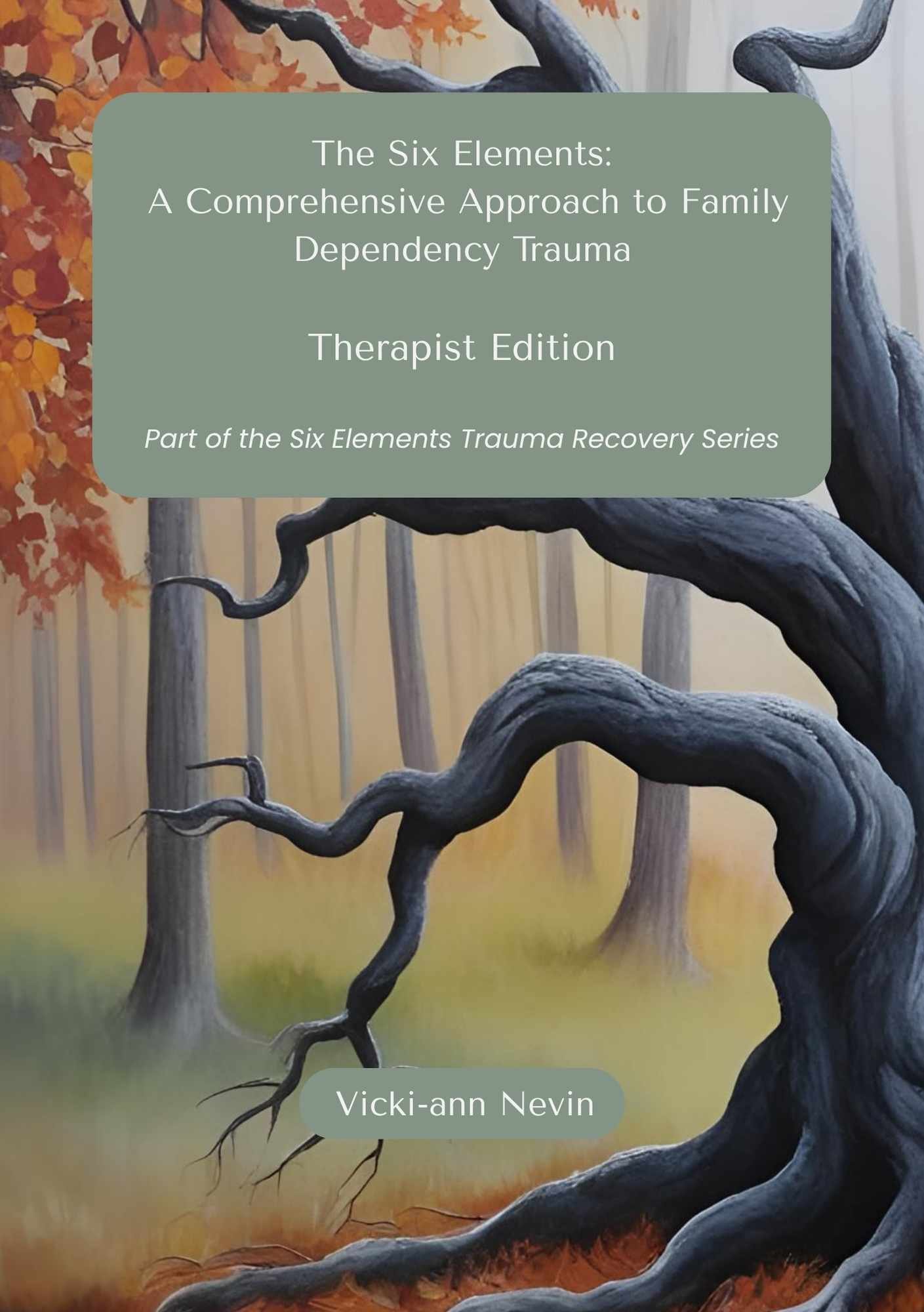The Hidden Connection Between Family Rules and Boundaries
When working with clients from families affected by substance or process dependencies, understanding the intricate relationship between family rules and boundary formation becomes essential to effective therapeutic intervention.
Boundaries serve as protection and care mechanisms, keeping our clients safe. This becomes clearly apparent when we consider physical barriers like walls, fences, or even skin. Without these protective layers, vulnerability becomes overwhelming.
There are five main areas where healthy boundaries develop: physical, sexual, intellectual, emotional and spiritual. Family dynamics profoundly influence how clients develop boundaries in each area, particularly when silence becomes enforced through unspoken "don't talk" rules.
When "don't talk" becomes an unwritten family mandate, your clients' ability to express and protect their boundaries becomes significantly compromised. You'll likely recognise these patterns in session:
The client who couldn't refuse inappropriate physical contact from intoxicated relatives
Clients who endured inappropriate comments about their appearance without challenge
Those whose different perspectives were dismissed with phrases like "we don't think like that in this family"
Clients whose emotions were met with threats like "stop crying or I'll give you something to cry about"
The Therapeutic Challenge: Understanding the Boundary Paradox
Boundaries function like internal protectors, safeguarding what matters most to our clients. Yet many present in therapy either completely unaware of their boundaries or taking pride in having none at all. Others maintain walls so rigid that genuine connection becomes impossible.
Boundary learning occurs through two primary pathways: observing others model appropriate boundaries and having authority figures validate personal limits. When these elements were absent during childhood, the journey toward healthy boundaries becomes therapeutically complex.
In families where role models struggled with substance or process dependencies, members often become emotionally enmeshed, feeling each other's emotions and merging into one emotional entity without clear separation. This subtle pattern becomes an ingrained way of life that requires careful therapeutic intervention to address.
Assessing Client Boundary Patterns
Boundaries typically fall into three categories: weak, rigid, or healthy. The first two can be therapeutically significant, causing clients to act against their own best interests.
Clients with weak boundaries might present with:
Patterns of falling in love with anyone who shows interest
Consistent disregard for personal values to please others
Conversely, rigid boundaries might manifest as:
Complete inability to trust others
Inflexible black and white thinking patterns
Breaking the Therapeutic Silence
The "don't talk" rule creates ideal conditions for boundary confusion. When clients couldn't speak about what hurt, offended, or made them uncomfortable, healthy limit development became virtually impossible.
The comprehensive workbook "Neutralising Family Rules" explores the complete therapeutic journey from boundary confusion to boundary clarity, including specific patterns emerging from families where silence was enforced and detailed processes for helping clients reclaim their right to self protection.
The "Neutralising Family Rules" workbook contains extensive examples and therapeutic scripts for boundary setting across every relationship type, from intimate partners to colleagues to family members, while supporting clients in honouring their authentic selves.
Seven Therapeutic Words for Client Empowerment
Teach your clients these powerful words: "I need you to stop this now."
These seven words, when delivered with calm conviction, can become the foundation of your client's boundary transformation.
Ready to deepen your therapeutic toolkit for working with clients from dependency affected families? "Neutralising Family Rules" provides the comprehensive framework you need to guide clients from boundary confusion to empowered self protection.
Ready to transform your work?
And deepen your therapeutic toolkit for working with clients from dependency affected families? The Six Elements Therapist Edition provides the comprehensive framework you need to guide clients from boundary confusion to empowered self protection.


